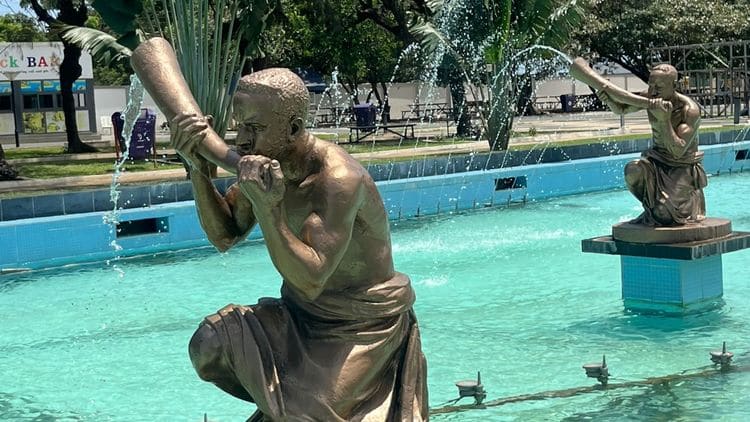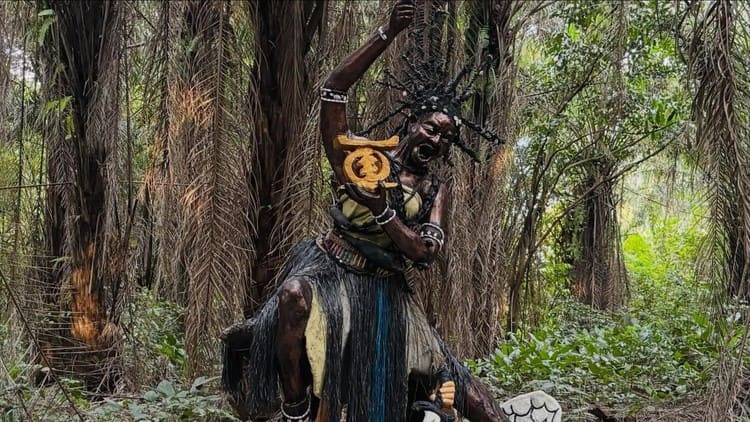The remnants of a Danish trading fort
Nestled in the quaint coastal town of Ada Foah, Ghana, Fort Kongenstein stands as a humble reminder of the area’s colonial history. Built by Danish colonizers in the late 18th century, this once-sizeable structure now lies in a state of ruin. Yet, despite its weathered appearance, Fort Kongenstein offers visitors a unique window into the past and a chance to connect with the local community.
As you approach Fort Kongenstein, the remnants of its stone walls and the crumbling outline of the building come into view. While time has not been kind to the fort and the sea has washed away most of the original fort, these ruins still evoke the stories of the traders and soldiers who once traversed its grounds. Walking through the site, you can sense the layers of history embedded in its stones.
One of the most compelling reasons to visit Fort Kongenstein is its location. Situated near the Volta River, the fort offers scenic vistas that are perfect for quiet reflection and photography. The meeting point of the Volta River and the Atlantic Ocean provides a picturesque backdrop, especially during sunset.
Ada Foah’s vibrant local culture further enhances your visit. Engage with the friendly locals and immerse yourself in their customs and traditions. If your trip coincides with the Adae Festival, you’re in for a treat, as the festival showcases the region’s cultural heritage through music, dance, and colorful attire.
The area surrounding Fort Kongenstein is also worth exploring. Take a leisurely boat ride on the Volta River, visit the nearby islands, or relax on the serene beaches. Although the fort itself may not be in pristine condition, the experience of visiting Ada Foah and its surroundings makes the trip worthwhile.

Hi, I am Jane and I am a GhanaTRVL Insider.










Comments